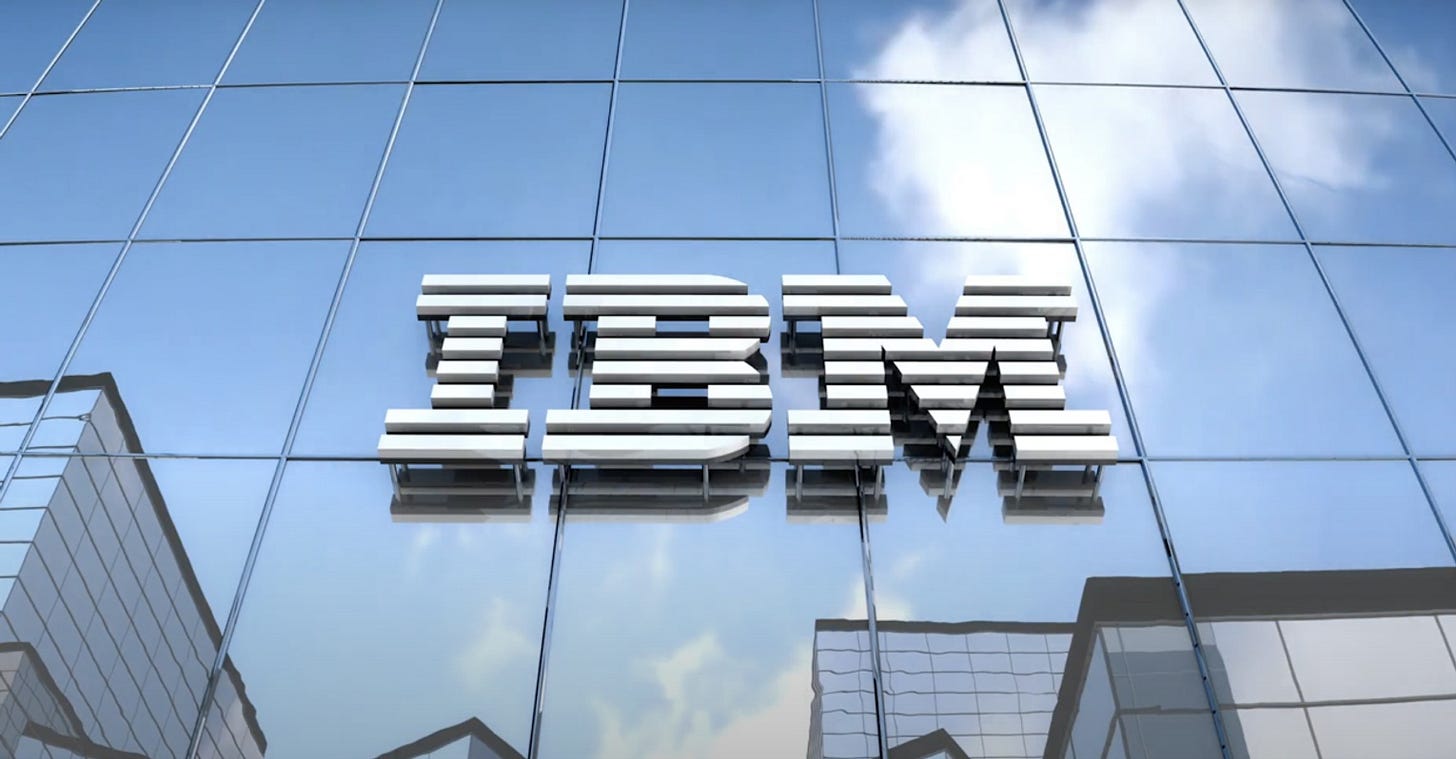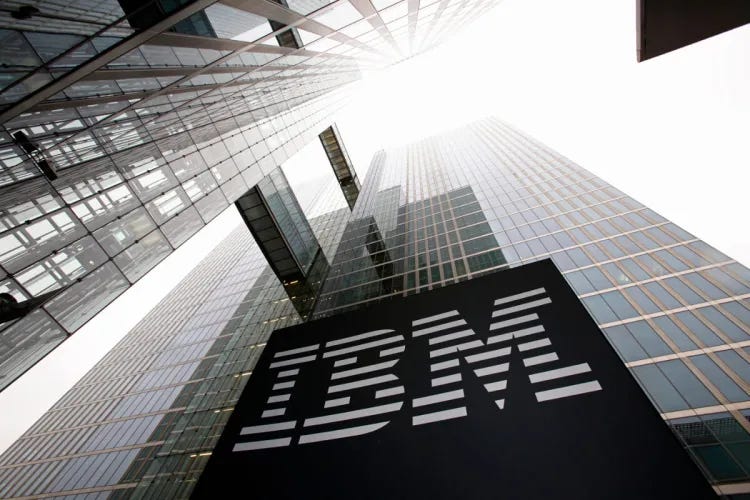💻 The Tech Giant That Shaped the Digital Age: The Real Story of IBM
🌍 From Punch Cards to AI Supercomputers – How IBM pioneered modern computing, built an empire, and transformed technology forever. 🚀
Inspiring Tech Story: IBM
Company: International Business Machines (IBM)
Founded: 1911 (as the Computing-Tabulating-Recording Company, renamed IBM in 1924)
Founders: Charles Ranlett Flint
Headquarters: Armonk, New York, USA
From Punch Cards to AI Supercomputers – The Evolution of IBM
IBM, one of the most influential technology companies in history, has been at the forefront of computing for over a century. From pioneering early mechanical tabulators to developing AI-driven supercomputers, IBM has played a critical role in shaping modern technology. This is the story of how a small company that made punch-card machines grew into a global tech powerhouse.
The Humble Beginnings (1911 – 1924)
IBM’s origins trace back to 1911 when Charles Ranlett Flint merged four companies to form the Computing-Tabulating-Recording Company (CTR). These companies specialized in punch-card data processing, time recorders, scales, and other business machines. At the time, data management was a growing need, and CTR’s machines helped businesses and government agencies process large amounts of information more efficiently.
In 1924, under the leadership of Thomas J. Watson Sr., CTR was rebranded as International Business Machines (IBM), a name that reflected its ambitions to expand beyond the U.S. and revolutionize business technology.
IBM’s Rise in Business Machines (1924 – 1950s)
During the Great Depression, while many companies struggled, IBM thrived due to Watson Sr.’s leadership. He prioritized customer service, innovation, and a strong corporate culture with the famous motto: “THINK.”
IBM’s punched-card machines became a critical tool in data processing, used by businesses and even the U.S. government. One of IBM’s most notable early contributions was assisting the U.S. Social Security Administration in processing millions of records in the 1930s.
By the 1950s, IBM was a dominant player in business computing, and the company was about to take a massive leap forward with the arrival of electronic computers.
The Mainframe Era and Dominance in Computing (1950s – 1970s)
IBM introduced its first commercial mainframe computer, the IBM 701, in 1952, followed by the IBM 650, which became one of the best-selling computers of the time. However, the real game-changer came in 1964 when IBM launched the System/360, a family of computers that revolutionized the industry by offering a standardized architecture.
🔹 Why System/360 Was Revolutionary:
Instead of forcing businesses to buy completely new hardware for each upgrade, System/360 allowed them to scale their computing power using compatible systems.
It established IBM as the industry standard in computing.
The concept of software compatibility and general-purpose computing was born.
IBM’s dominance in the computer industry during this period was so strong that it was often called “Big Blue.”
By the 1970s, IBM had expanded into new areas, including databases (IBM DB2), semiconductor technology, and banking systems.
The Personal Computer (PC) Revolution (1980s – 1990s)
IBM entered the personal computer market in 1981 with the launch of the IBM PC (model 5150). Unlike previous IBM machines, this computer was built using off-the-shelf components, and crucially, IBM allowed other companies to create compatible clones.
IBM’s decision to use Microsoft’s MS-DOS operating system paved the way for Microsoft's rise. While IBM initially led the PC market, the rise of competitors like Compaq, Dell, and HP, along with licensing mistakes, led IBM to lose its dominance in personal computing.
IBM eventually exited the PC market in 2005 by selling its PC division to Lenovo, signaling a shift towards enterprise software and services.
Supercomputing, AI, and the Cloud (2000s – Present)
As the tech landscape evolved, IBM adapted by focusing on enterprise services, artificial intelligence, cloud computing, and quantum computing.
🚀 Key IBM Innovations in the 21st Century:
✅ Deep Blue (1997): The first computer to defeat a world chess champion, Garry Kasparov.
✅ Watson AI (2011): The AI that won Jeopardy! against human champions, showcasing IBM’s advancements in artificial intelligence.
✅ Quantum Computing: IBM is a leader in quantum computing with the IBM Q initiative.
✅ Cloud Computing: The acquisition of Red Hat in 2019 for $34 billion strengthened IBM’s position in hybrid cloud solutions.
IBM is now more focused on AI, cloud computing, cybersecurity, and blockchain technology, helping businesses adapt to the digital era.
Lessons from IBM’s Success and Challenges
✔ Adaptability: IBM has repeatedly transformed itself, from making business machines to mainframes, PCs, and now AI-driven solutions.
✔ Innovation: From System/360 to Watson AI, IBM has consistently pushed the boundaries of technology.
✔ Strategic Mistakes Can Be Costly: While IBM invented the PC, it failed to dominate the market due to licensing errors that allowed competitors to thrive.
✔ Longevity Requires Reinvention: IBM’s shift from hardware to cloud and AI proves that long-term success depends on evolving with the industry.
Looking Ahead: The Future of IBM
IBM continues to focus on AI, hybrid cloud computing, and quantum computing, investing in research that could shape the future of technology. While it no longer dominates the consumer market, IBM remains a powerful force in enterprise computing.
From punch cards to AI-driven supercomputers, IBM’s journey is a testament to resilience, innovation, and reinvention.
📌 What’s next for IBM? Only time will tell. But one thing is certain—Big Blue isn’t done making history. 🚀
Darsh Just Launched their Food Delivery service, starting with Campus students at the University of Lagos & Yaba College of Technology. Patronize them if you are a student on Campus.
Before you go please check our WhatsApp channel and subscribe here
PayDues is revolutionizing how Educational Institutions in Nigeria accept payment and how students pay their fees.





